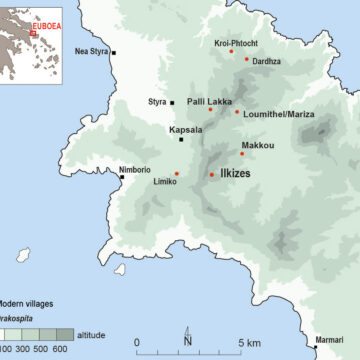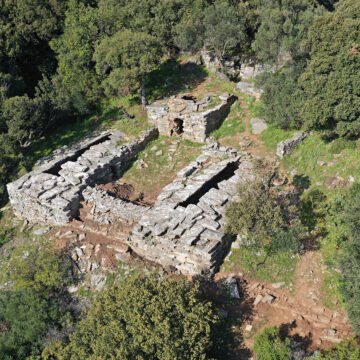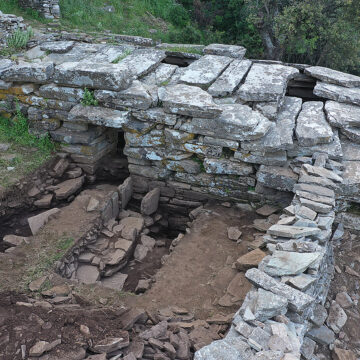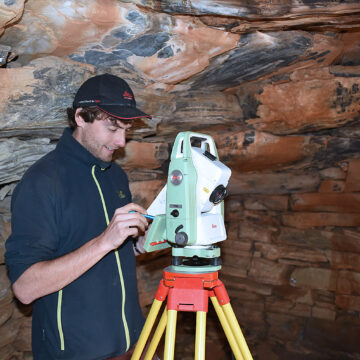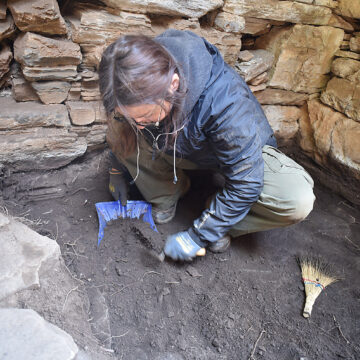The enigmatic dragon houses of Euboea
The drakospita (dragon houses in modern Greek) are among the most enigmatic monuments in Greece. Most of these dry-stone buildings are scattered in the mountains south of the island of Euboea. Owing to the monumental size of their blocks and to their corbelled roofing system, the inhabitants of the region believed that they were erected by “dragons”, anthropomorphic giants with supernatural strength. A team of Swiss and Greek archaeologists is investigating these architectural complexes which have not revealed all their secrets.
Amidst the hills of southern Euboea, which last year suffered terrible forest fires, stands an imposing stone structure that stands out for the monumental size of its blocks and its corbelled roof. The structure is part of a larger corpus of seven “dragon houses” located on mountain slopes, all built of hewn blocks and. Researchers from the Swiss School of Archaeology in Greece (ESAG) and the Ephorate of the Antiquities of Euboea are studying these monumental and enigmatic buildings. When were they built and by whom? What were they used for? These are some of the questions archaeologists are attempting to solve.
A Greek-Swiss team including students from the universities of Lausanne (UNIL) and Geneva (UNIGE) under the direction of Dr. Aggeliki Simosi (director of the Antiquities of Euboea) and Prof. Karl Reber (ESAG) surveyed the drakospito of Palli Lakka south of Styra. Several trenches were opened to clarify the plan and construction of this architectural complex. Thanks to the pottery sherds collected during the excavation, archaeologists were also able to date the Palli Lakka monument back to Antiquity. Despite this major breakthrough, the function of the building remains a puzzling issue. Re-used as a sheepfold in late Antiquity, this structure has fulfilled various functions for nearly two millennia, which still prevents archaeologists from unravelling the mystery of its original function: small-scale temple, quarrymen’s house or fortified building?
To this day, seven drakospita are known in the Styra region. After Palli Lakka, archaeologists have also started to explore and document the other buildings, in particular the drakospita at Loumithel, Kroi-Phtocht, Ilkizes and Makkou. Thanks to topographic and photogrammetric surveys, the archaeologists now have 3D models of these monuments, which will facilitate their study. Ultimately, the filedwork carried out by the Greek-Swiss team also aims to enhance this cultural Heritage, which is among the most visited in the region, by providing information for tourists.
Drakospita project website
